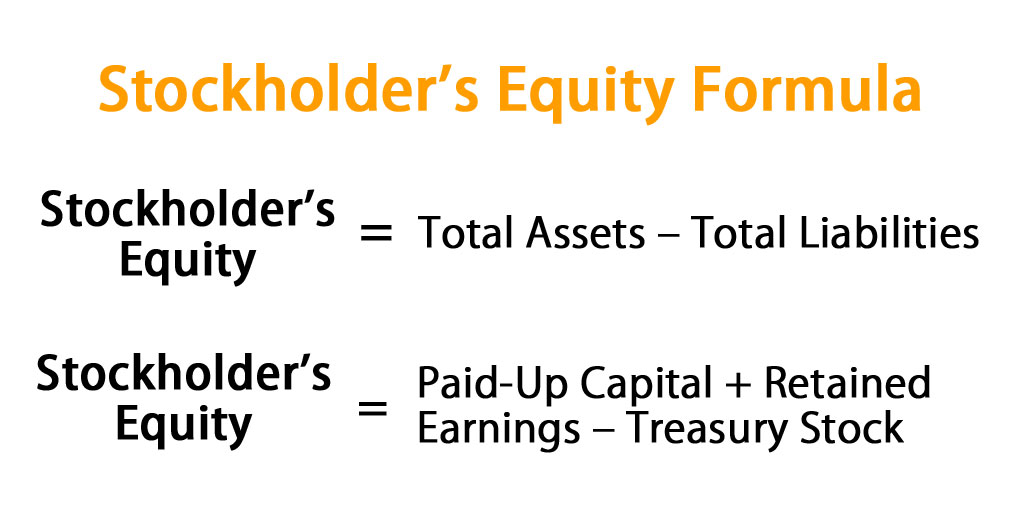What is Owner’s Equity: Calculation & Examples

Preferred stock, on the other hand, receives a fixed dividend that is paid before any dividends are paid to common stockholders. Owner’s equity can be negative if the business’s liabilities are greater than its assets. In this case, the owner may need to invest additional money to cover the shortfall. Be sure to take advantage of QuickBooks Live and accounting software to help with your statement of owner’s equity and other bookkeeping tasks. Improving owner’s equity is an ongoing process that requires consistent effort and strategic decision-making.
Contributed Capital

For example, when a company borrows money from a bank, the company’s assets will increase and its liabilities will increase by the same amount. When a company purchases inventory for cash, one asset will increase and one asset will decrease. Because there are two or more accounts affected by every transaction, the accounting system is referred to as the double-entry accounting or bookkeeping system.
What is owner’s equity?
As part of Apple’s 2023 report, the company listed $62.146 billion of shareholder equity. As of September 30, 2023 (the date listed on the company’s 2023 annual report), the company had an accumulated deficit of $214 million. The company also reported an accumulated other comprehensive loss of $11.4 billion.
The Basics of Small Business Accounting: A How-to
The figure you get will be a snapshot of your business’s financial health. This, in turn, reflects the net value that you, as the owner of the business, own. When you’re calculating owner’s equity, you’re basically determining the net value of a business. Generally, increasing owner’s equity from year to year indicates a business is successful. Just make sure that the increase is due to profitability rather than owner contributions keeping the business afloat.
Due to the cost principle (and other accounting principles) the amount of owner’s equity should not be considered to be the fair market value of the business. It provides important information about a company’s financial health and its ability to meet its financial obligations. It is used to calculate the debt-to-equity ratio and the return on equity ratio, both of which are important metrics for assessing a company’s financial risk and potential for growth.
- The income statement reports the revenues, gains, expenses, losses, net income and other totals for the period of time shown in the heading of the statement.
- It is used to calculate the debt-to-equity ratio and the return on equity ratio, both of which are important metrics for assessing a company’s financial risk and potential for growth.
- For a company keeping accurate accounts, every business transaction will be represented in at least two of its accounts.
- So, before liquidating, businesses should study their equity to see what remaining assets will go to the owner(s) or shareholders once all bills are paid.
Another business, a wholesale restaurant supply distributor, is considering liquidation and wants to know how much equity is in the business. Owner’s equity is the share of a company’s net assets that the owner — or owners — can claim as their own. A common misconception is that owners can claim everything in a business, but some assets must be used to cover the liabilities owed to creditors, lenders or others to whom the business has obligations. Therefore, owners may own only a portion of the value of assets — the company’s equity.
Understanding equity and being able to track its growth is crucial to understanding the long-term financial health of a business. The repayment of a business loan from a business bank account does not affect the owner’s equity because it reduces the total assets and total liabilities leaving the equity unchanged. It creates an asset on one side of the equation and an equal liability on the other side. Because the increase in liability offsets the increase in assets, the net assets (owner’s equity) remains the same as before. In other words, it is the amount of money that belongs to the owners or shareholders of a business.
Regularly review your financial statements and adjust your strategies as needed to ensure continuous growth in your company’s net worth. Below is a sample of a statement of owner’s equity showing xero feature roundup an expansion of equity during the period shown above for RCL Manufacturing. To illustrate the calculation, a simplified balance sheet for the fictional RCL Manufacturing Co. is shown below.

